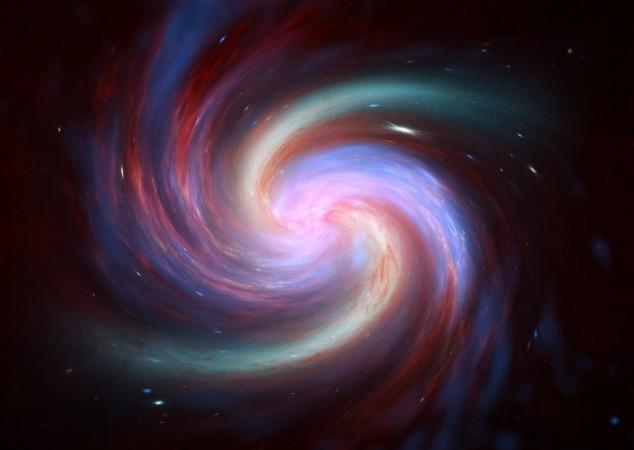
At the time of Big Bang, the universe is believed to have started as just a single point, and what we see today took billions of years to form. When the universe began, it was just tiny, hot particles mixed with light and energy that later formed atoms as everything expanded over time. Those atoms eventually grouped together to form stars and galaxies, and ultimately shape the cosmos we are familiar with today.
But what happened before the Big Bang? In other words, what was around before the universe began? In the fourth season finale of his "StarTalk" TV show, astrophysicist Neil deGrasse Tyson asked renowned physicist Stephen Hawking the same question, and his answer was: "Nothing was around before the big, Big Bang."
Hawking's answer was based on a proposed theory called the "no-boundary condition." According to him, "the boundary condition of the universe ... is that it has no boundary." To better understand the theory, we need to move backward in time.
The universe continues to expand, and is now believed to be about 13.8 billion years old. But, as we get closer to the Big Bang, the universe contracts and eventually shrinks down to the size of a single atom, inside which the current laws of physics and time don't function.
Hawking's explanation, therefore, suggests that "the ordinary real time" as we understand it didn't exist before the Big Bang. While it does shrink infinitely as we get closer to the beginning of the universe, it never actually reaches an exact starting point.
"Since events before the Big Bang have no observational consequences, one may as well cut them out of the theory, and say that time began at the Big Bang," Hawking wrote in a lecture on the no-boundary condition. "The conclusion of this lecture is that the universe has not existed forever. Rather, the universe, and time itself, had a beginning in the Big Bang."

















